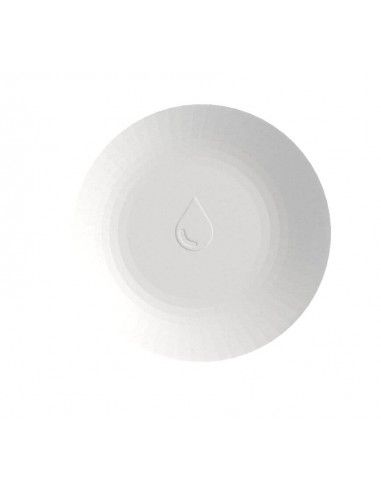The basic difference is that dual link can support higher resolutions. The DUAL link connection has a solid block of pins and the single link has a space in the center. The technical difference is as follows.
Each link has three data channels for RGB information with amaximum bandwidth of 1MHz, which is equal to 1million pixels per second. These extra pins allow for a higher resolution to be delivered to the monitor by doubling the number of TMDS pairs and hence effectively doubling the bandwidth.
Single Link: Single T. As CRT technology ages and LCD screens become cheaper and better, the need for a newer interface that is capable of conveying digital signals grew. The Digital Visual Interface was created to address this need and remove the unnecessary extra step of converting the signal to analog then back to digital. Analog pin compatibility is also required.
DVI-D cable will fit into a. These come in two varieties: single link and dual link. This is all that is require and all that can be used for pixel rates below the single link maximum.
They have to offer a HUGE increase in resolution to justify the extra expense of getting a dual - link capable card. Once dual - link becomes ubiquitous, even on integrated chipsets, I expect this gulf will disappear. If a dual link cable is connected only one link is used.
Dual link is better. The “D” at the end indicates “digital. This has happened to two different employees in my office. This interface type may support either single - link or dual - link. Both single and dual link DVi uses only one single connector and not two with DVI -D though the name suggests that.
It is just the pin count that differs with DVI -D. Btw, socket on the graphics card is the same for both DVI -I and DVI -D. DVI -D offers more bandwidth than DVI -I and so it can support more refresh rate and res than through DVI -I. DVI -D cables will work with DVI -D and DVI -I connectors, and using an adapter they are also compatible with HDMI and even DisplayPort but only the video signal (that is, we would lose the audio signal). Und das hat mich auch nur E-Mails und Telefonate mit den durch mich geplagten Jungs beim Hardware Express gekostet.
DVI -D is the type of DVI interface that handles purely digital signals. Es gibt eigentlich eh keine aktuelle Karte die nicht DUAL - Link fähig ist, selbst Karten die 4- Euro kosten können das inzwischen. DVI ports come in three types: 1.
It comes in both single - link and dual - link formats, the difference being that the dual - link connector provides more power and twice the data transmission rate compared to the single - link connector. A dual - link enables you to use a higher bandwidth due to its physical construct and ups it to 7. It sounds like you have a single - link DVI cable. So the monitor has a dual link DVI -D port, the video card has a dual link DVI -I port and my cable is DVI -D male to DVI -D male single link. So now my question is the dual vs.
That means better video quality and speed than standard (or single - link ) DVI cables, even at lower resolutions. My current graphics card has DVI and VGA. So I have one monitor connected via a DVI cable and the other connected via a VGA cable. I would like to know if I can buy that card and have each monitor connected via a separate DVI cable. This enable support for higher resolution displays.
I ran across a listing on CDW-G’s website for DVI-M and DVI-F connectors. What about DVI-M or DVI-F? Not having heard of that type, I. DVI -A cables will work with both DVI -A and DVI -I connectors.
Male DVI -D cables may fit in a female DVI -A connector, but will not work as they do not carry any analog signals. DVI connections can run two monitors. DVI -D connectors can only transfer digital video signals.


Inga kommentarer:
Skicka en kommentar
Obs! Endast bloggmedlemmar kan kommentera.